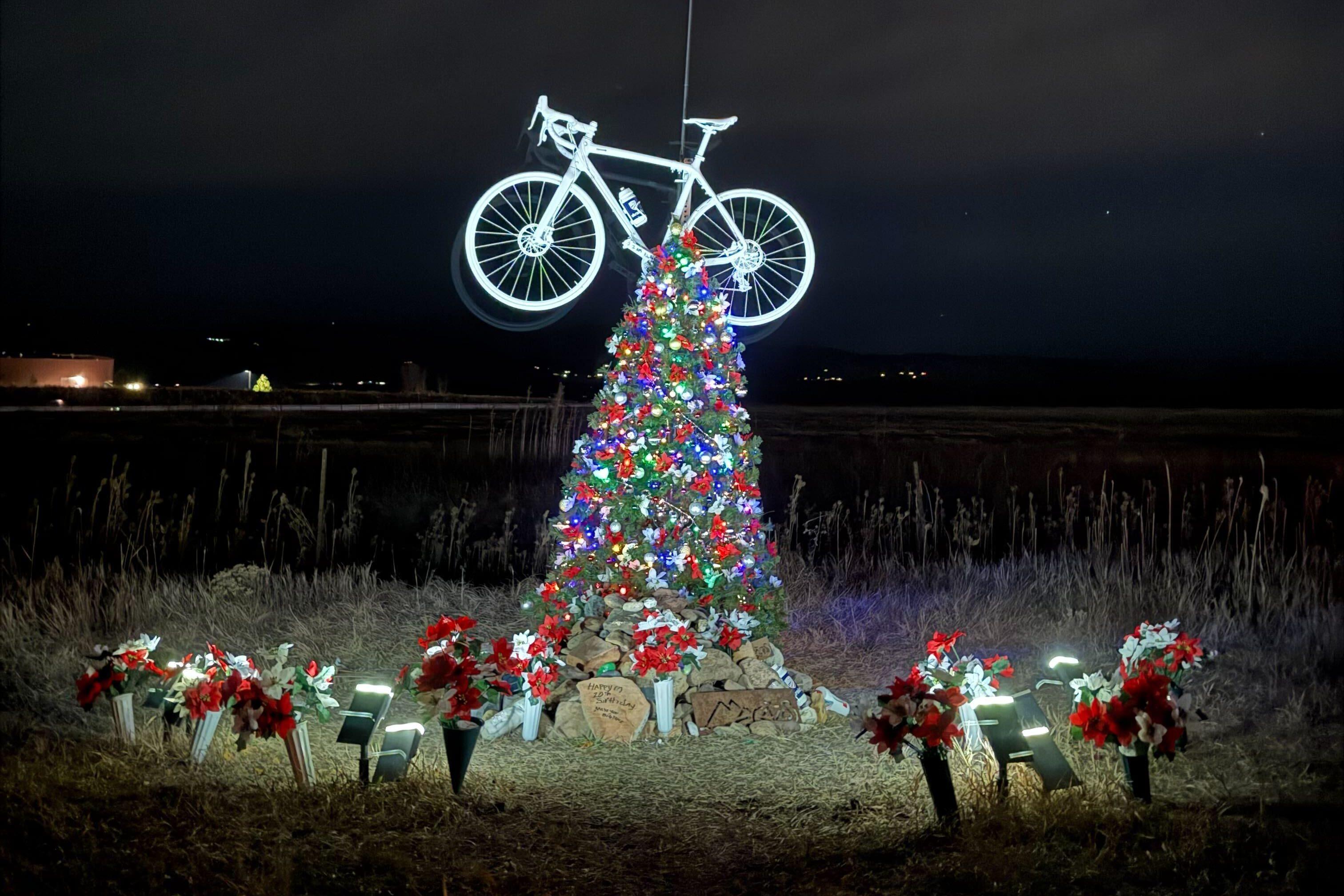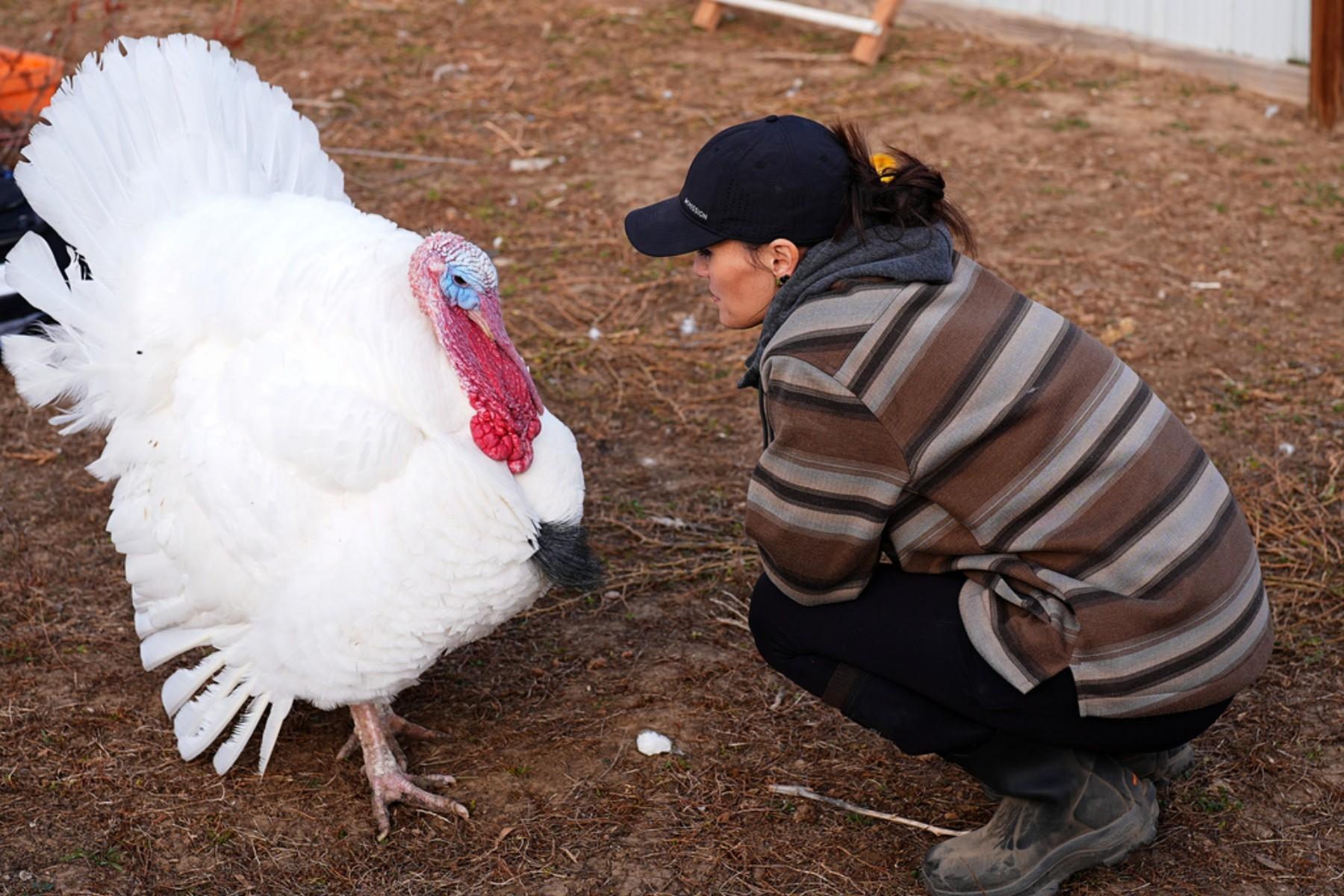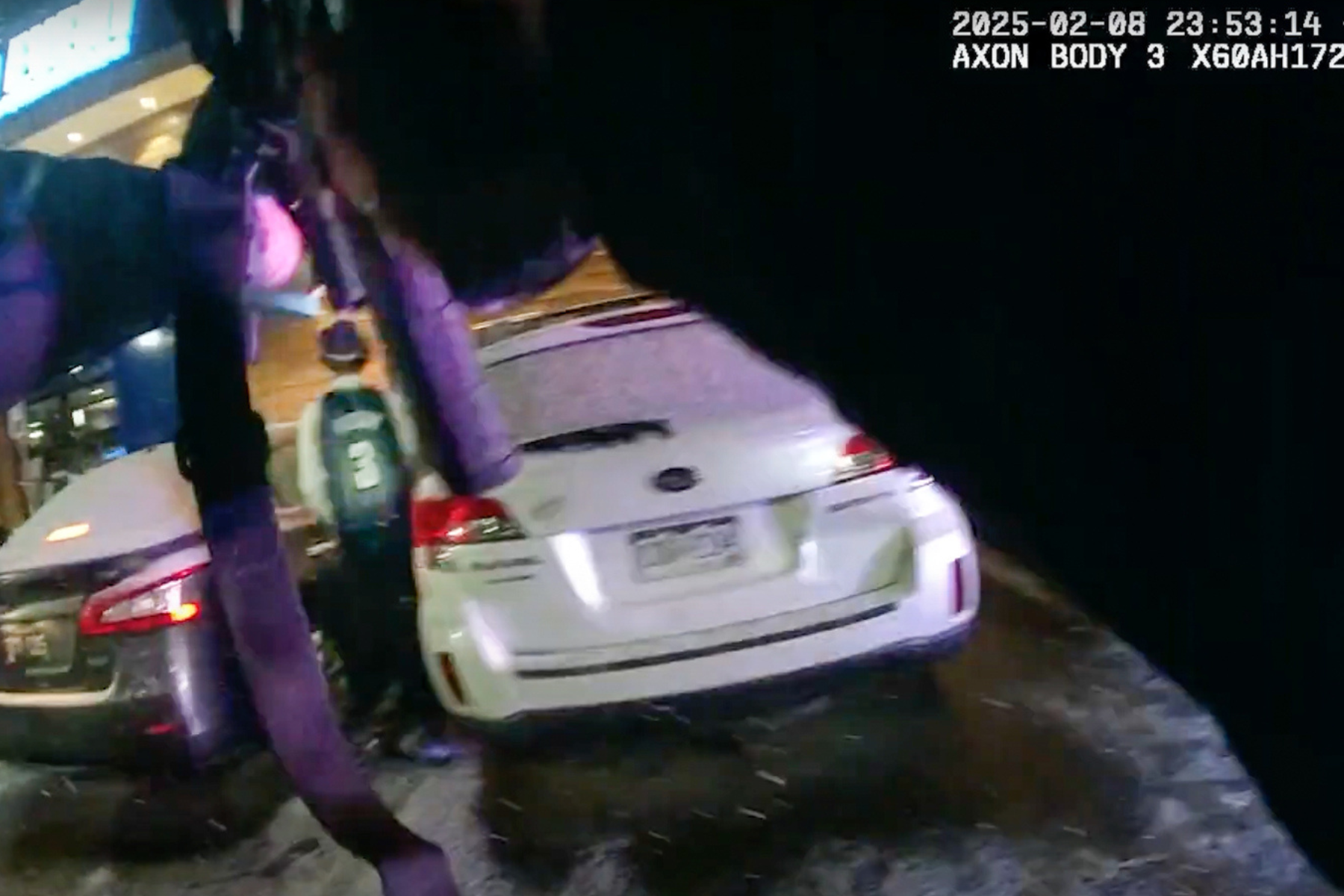
The shooting lasted only 10 seconds, from when the Douglas County deputy opened the door of his patrol car until he fired nine rounds, killing a man holding a gun.
But the repercussions seem likely to last for months or years.
The shooting took place in the parking lot of an arcade and bar in Highlands Ranch where Jalin Seabron was killed holding a handgun at his side — he was celebrating his 23rd birthday with family.
The family has retained an attorney and seems poised to sue, arguing that Seabron never presented a threat to the lone deputy. For its part, Douglas County points out that there were several bystanders nearby, all of whom the deputy felt were in danger from the man with a gun.
Whether the deputy was justified in the use of deadly force may not be determined for weeks or months by the district attorney for Douglas County. Any lawsuit that follows could take even longer to play out. But the Douglas County shooting, along with others in Denver and Clear Creek County in recent weeks are reminders of the persistence of Colorado law enforcement officer shootings in a state awash in guns.
Colorado is near the top in the US for shootings involving law enforcement
From 2015 to 2024, there were 375 fatal police shootings in Colorado, according to data compiled by The Washington Post. Almost all of them were ruled to be justified. Colorado has consistently ranked fifth in the nation, per capita, for the frequency of shootings by law enforcement, and the state’s rate for shootings has grown in the last five years despite legislative efforts to curtail them. Those include requiring body cameras, improved training on the use of force, and making it a crime for officers who fail to intervene when another officer is using unjustified violence.
On the same day last week that Douglas County released video of the incident, Denver Police released video of a different police shooting that wounded a 17-year-old with a handgun last month. On Thursday, Clear Creek County deputies shot and killed a woman who they said pointed a gun at them.
In the Douglas County shooting, which the sheriff called “tragic,” Seaborn appeared not to be threatening anyone with his gun according to video reviewed by CPR News.
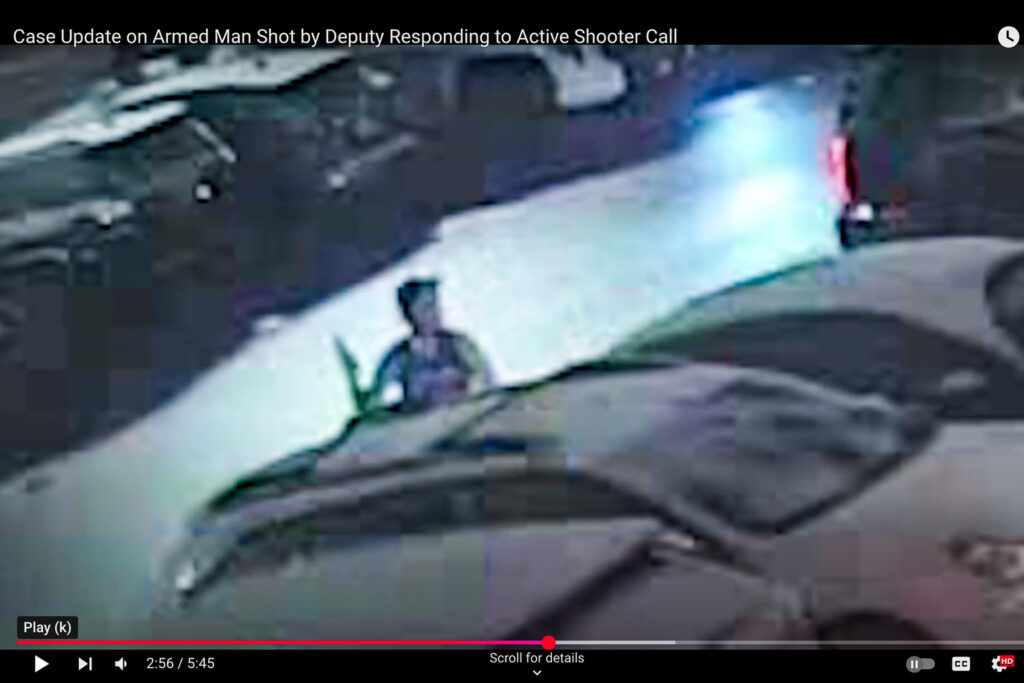
“He was trying to get the mother of his unborn child and his unborn child to safety,” said Tyrone Glover, attorney for Seabron’s family. “He was in protector mode.”
But the deputy would have no way of knowing that without risking lives by waiting and investigating. He raced to the scene as dispatch aired an urgent call: “Multiple callers advising there’s screaming, and shots were heard, gunshots from inside the building. Another party advised that someone walked in and started shooting.”
That sounds a lot like a mass shooting, similar to Columbine or, more recently, the gunfire in a Boulder grocery store.
The identity of the deputy has not been released, but when he arrived, he saw Seabron holding a gun in the parking lot and twice told him to drop it, according to video from his body-worn camera. The deputy, armed with an assault rifle, opened fire when Seabron ignored his commands and then turned ever-so-slightly toward him.
“It underscores the challenges of policing in the United States,” said Prof. Daniel Webster, an expert in gun violence at Johns Hopkins Bloomberg School of Public Health. “How in the heck does a law enforcement officer, in split seconds, determine who is a good guy with the gun and who is the bad guy with the gun?”
Webster said that Colorado is not unique in America in that a lot of people have guns, and a lot of people are legally allowed to carry them outside the home. In Colorado, about 2 million guns have been sold since 2020, according to approved background check data from the Colorado Bureau of Investigation.
He said research shows that the presence of a gun at the scene of an emergency greatly increases the risk of a fatal officer shooting. A CPR News investigation from 2020, looking at five years of shootings in Colorado came to roughly the same conclusion, but with the additional finding that drugs, especially methamphetamine, played a key role in lethal shootings.
The autopsy for Seabron, which includes a toxicology report, has not yet been released by the Douglas County Coroner.
Seabron does not have a criminal record in Colorado, and his attorney said they’re looking into whether he had a concealed carry permit.
After reviewing the video, Webster said: “If I was in that same situation that the officer was in, I probably would have done the same thing, and I suspect that would be true for a very large segment of individuals.”
Two shootings, two approaches to disclosure
The Douglas County Sheriff’s Office has taken “some real liberties to try to paint the facts in favor of the officers as opposed to just letting the public really metabolize for themselves just exactly what happened,” said the attorney for Seabron’s family, Tyrone Glover.
Douglas County Sheriff Darren Weekly did not accommodate multiple requests for an interview over the course of a week. Instead, his office released a heavily-produced video, making the case for why the shooting of Seabron was necessary.
“We are doing everything in our power to be transparent and provide accurate information,” said Weekly in the video. “However, due to the ongoing nature of these investigations, there are certain details we are unable to release at this moment. I can tell you my deputies responded swiftly, with the first deputy arriving on scene in less than a minute. He acted courageously to protect the public.”

A spokesperson for the office said CPR News would have to submit an open records request for the unedited video. Law enforcement must provide unedited body cam video, if there’s a complaint of misconduct, within 21 days of the request. But different departments take different approaches towards release schedules, editing and redacting of video, and the cost of providing them to media.
The Douglas County video released to the public looks like a news report on local TV. It includes graphics underlying audio of the initial 911 call. “We just heard gunshots from the building, everybody’s running,” says the caller.
Then an unnamed narrator explains that a shooting occurred inside the women’s bathroom at Main Event, an arcade and bar event space. According to arrest affidavits, it’s alleged that Seabron’s sister shot another woman. The narrator says the crowd spills out of Main Event, “fleeing” the scene. The video shows that people are mostly walking out of the business.
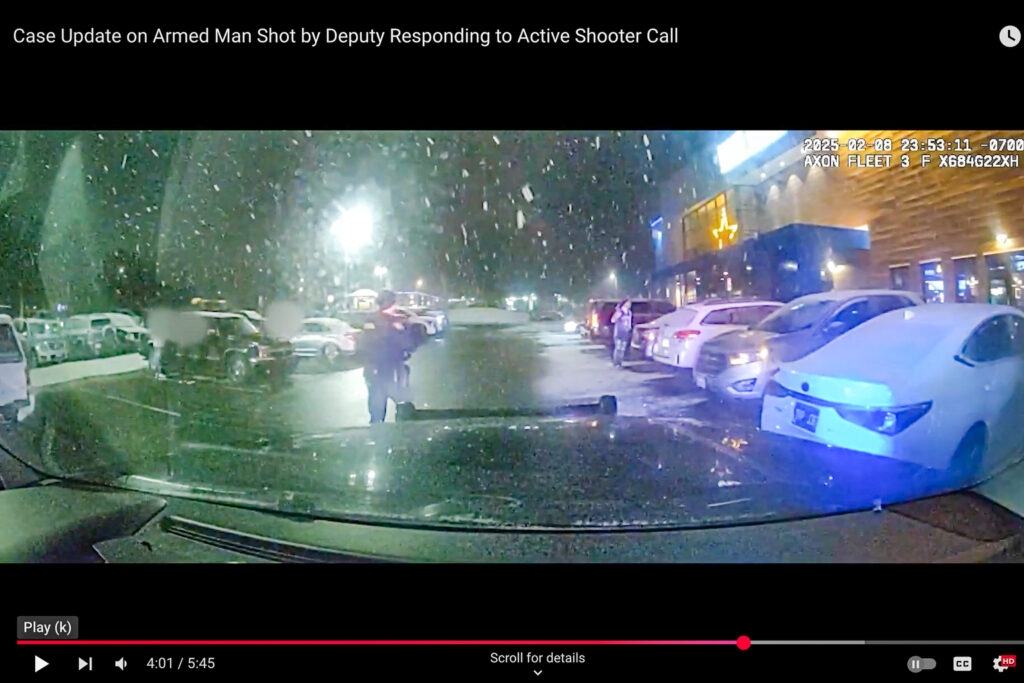
The deputy arrives and encounters Seabron in the parking lot holding a handgun.
“The deputy gave him several orders to drop the gun, which he did not obey,” says the narrator when the video pauses. “Faced with an immediate threat to his own life, and the safety of those in the crowded parking lot, he discharged several rounds striking him numerous times.”
The same day that Douglas County released the video, Mar. 3, Denver Police also released video from a February shooting that occurred in the city.
Short clips of unaltered body cam video were given to the media hours before a planned press conference. The Denver Chief of Police and the commander of Major Crimes then took questions from the reporters and offered to stick around after the press conference to answer clarifying questions from the media.
In the Denver incident, officers responded to reports of gunshots near Paco Sanchez Park in southwest Denver. Upon encountering a group of juveniles with guns, officers ordered them to drop the guns or they would shoot. When the juveniles ran, the officers opened fire, hitting one of the 17-year-old males in the leg.
Like in Douglas County, Denver police also made the case that their officer was acting in the best interest of the community, even as the officer’s actions were under investigation. In both cases, the District Attorneys of each county will make a decision on whether officers will be charged in the shootings, and release their findings to the public in a detailed letter.
“I certainly don't wanna get in front of the District Attorney's decision,” said Denver Police Chief Ron Thomas. “But I am comfortable with the actions of the officer.”
In the Douglas County case, Seabron’s family’s attorney said that he has provided the unedited video he’s obtained to media who couldn’t get it from the sheriff’s office.
“What we've really called for is just transparency into exactly what happened,” said Glover. “I think the public should be given the opportunity you know via the counties and cities and municipalities that we put full faith and credit in to have access to this information, and it's just unfortunate that that wasn't done here.”

